Contents
Landmarks
Print Page List
Khenpo Jigme Phuntsok seated with his sister, Jetsun Ani Medron. His niece and successor Jetsun Ani Mumtso stands behind (far right). Next to her, the monks in the back row are (from right to left): Khenpos Sodargye and Tsultrim Lodro, Venerable Guangchao, and Lamas Ruba and Sodung. Singapore, 1995. Photographer unknown.
Snow Lion
An imprint of Shambhala Publications, Inc.
4720 Walnut Street
Boulder, Colorado 80301
www.shambhala.com
2021 by Holly Gayley
Cover photo: Pakin Songmor/Moment via Getty Images
Interior design: Gopa & Ted2, Inc.
All rights reserved. No part of this book may be reproduced in any form or by any means, electronic or mechanical, including photocopying, recording, or by any information storage and retrieval system, without permission in writing from the publisher.
First Edition
 This edition is printed on acid-free paper that meets the American National Standards Institute Z 39.48 Standard.
This edition is printed on acid-free paper that meets the American National Standards Institute Z 39.48 Standard.
 This book is printed on 30% postconsumer recycled paper. For more information please visit www.shambhala.com. Snow Lion is distributed worldwide by Penguin Random House, Inc., and its subsidiaries.
This book is printed on 30% postconsumer recycled paper. For more information please visit www.shambhala.com. Snow Lion is distributed worldwide by Penguin Random House, Inc., and its subsidiaries.
L IBRARY OF C ONGRESS C ATALOGING - IN -P UBLICATION D ATA
Names: Gayley, Holly, translator, editor. | Larung Gar (Buddhist academy)
Title: Voices from Larung Gar: shaping Tibetan Buddhism for the twenty-first century / edited by Holly Gayley.
Description: First edition. | Boulder, Colorado: Snow Lion Publications, an imprint of Shambhala Publications, Inc, 2021. | Includes bibliographical references and index.
Identifiers: LCCN 2020010359 | ISBN 9781611808940 (trade paperback)
eISBN9780834843509
Subjects: LCSH : BuddhismChinaTibet Autonomous Region.
Classification: LCC BQ7549 .V65 2021 | DDC 294.3/923dc23
LC record available at https://lccn.loc.gov/2020010359
a_prh_5.6.1_c0_r0
Miraculous display, the dance of Lerab Lingpa,
emanation of Dorje Dudjom, heart son of Padma,
endowed with the splendor of erudition in scripture and logic,
Jigme Phuntsok Rinpoche, I supplicate at your feet.
May your life remain stable for oceans of kalpas.
May your teachings, as presented and practiced, spread in every direction.
May the blessings of your wisdom and intent enter my heart.
Grant your blessings so that our minds merge as one.
Karma Chopel Zangpo
C ONTENTS
Translated by Antonio Terrone
Translated by Holly Gayley
Translated by Pema Jamyang
Translated by Jann Ronis
Translated by Geoffrey Barstow
Translated by Michael R. Sheehy
Translated by Douglas Duckworth
Translated by Catherine Hardie
Translated by Padma tsho
Translated by Padma tsho and Sarah H. Jacoby
E DITORS P REFACE
T HE LARGEST Buddhist institution on the Tibetan plateau is tucked away in a valley just off the main road to Serta in a nomadic area of northern Kham. Winding up from the road, after rounding a bend, the visitor suddenly beholds the Larung Valley: its hillsides are lined from top to bottom with red log cabins housing thousands of monks and nuns, two large assembly halls rise up several stories high with classrooms, and the shimmering Jutrul Temple caps the ridge. Out of the grasslands, Larung Buddhist Academy (better known as Larung Gar) appears as a rustic city of Dharma.
Founded by Khenpo Jigme Phuntsok, a towering figure in the revitalization of Buddhism in the post-Mao era, Larung Gar emerged as an encampment in the early 1980s and became established as a Buddhist academy in 1987 with the help of the Tenth Pachen Lama, Chokyi Gyaltsen. Since then, it has played an important role in reestablishing monastic scholasticism among the Nyingma and Kagyu traditions in eastern Tibet.
Larung Gar serves as an ecumenical hub for both innovation and cultural preservation. Its cleric-scholars are some of the most influential, insightful, and creative Buddhist leaders on the Tibetan plateau. They are spearheading a range of humanistic endeavorsfrom AIDS prevention and animal welfare to Buddhist ethical reform and the promotion of Tibetan language.
What is the vision of Larung Gar leaders for Buddhism in the twenty-first century? How are they balancing efforts to uphold their cultural heritage and to adapt to rapid modernization, addressing the social issues that Tibetans face under Chinese rule? What can we learn about how Buddhists are maintaining the best of their tradition while adapting to changing circumstances and the demands of an increasingly globalized world? The voices from Tibet translated in this book offer compelling answers.
Each chapter presents a distinct perspective on key issues facing Tibetan Buddhism in the twenty-first century. These issues include the status of women and nuns, the interface of Buddhism and science, animal welfare in tandem with environmental concerns, the transmission of tantric ritual, ethical reform in response to contemporary social issues, the rigors of monastic education, and the defense of Buddhism from secular critique.
The chapters proceed chronologically from the founding figuresthe Tenth Pachen Lama and Khenpo Jigme Phuntsokto the voices of second generation male and female cleric-scholars as they emerged in publication from the late 1990s to 2017. This is the first time that the speeches, essays, articles, and books excerpted and translated here appear in print in English, allowing an international readership the opportunity to learn about innovative approaches at Larung Gar and to follow the evolution of ideas across a generation of eminent Buddhist leaders in Tibet.
This book emerged out of the panel Voices from Larung Gar, which I co-organized with Jann Ronis at the 2017 Annual Meeting of the American Academy of Religion. I would like to express my appreciation to Jann for his collaboration on the conception of this volume, to Pema Jamyang and Catherine Hardie for their advice at various stages of this project, and to Nikko Odiseos, Casey Kemp, and Anna Wolcott Johnson at Shambhala Publications for their steadfast support from beginning to end.
I would like to dedicate this volume to all those who have suffered during the coronavirus pandemic and, in particular, my father, Oliver Gayley, who succumbed to the virus as this manuscript was being finalized.

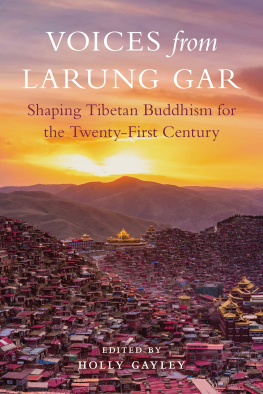

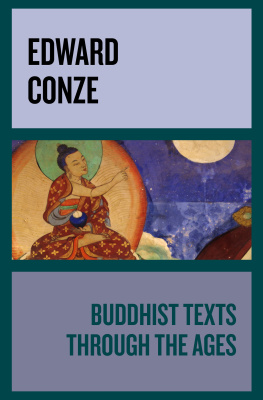
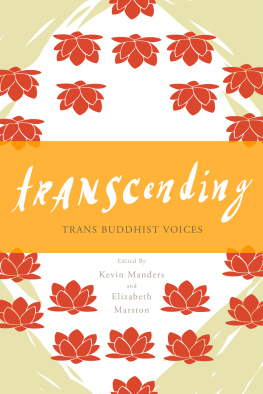


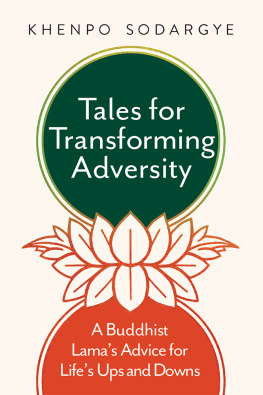
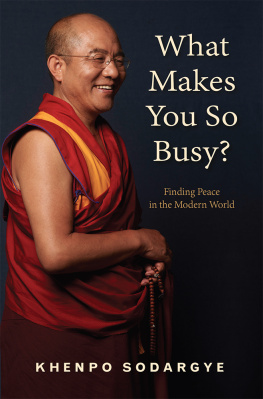
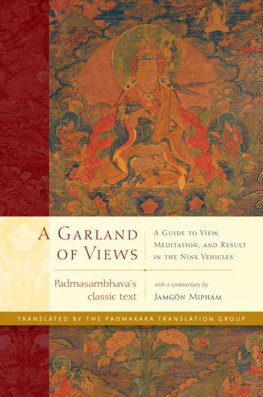
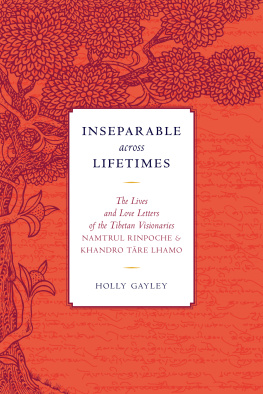
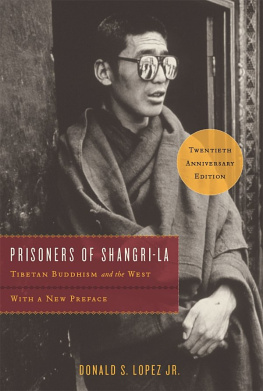

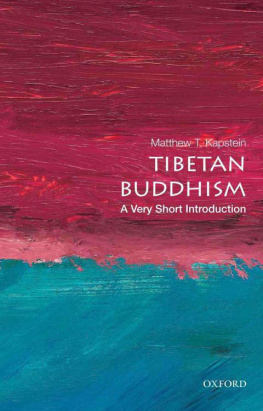
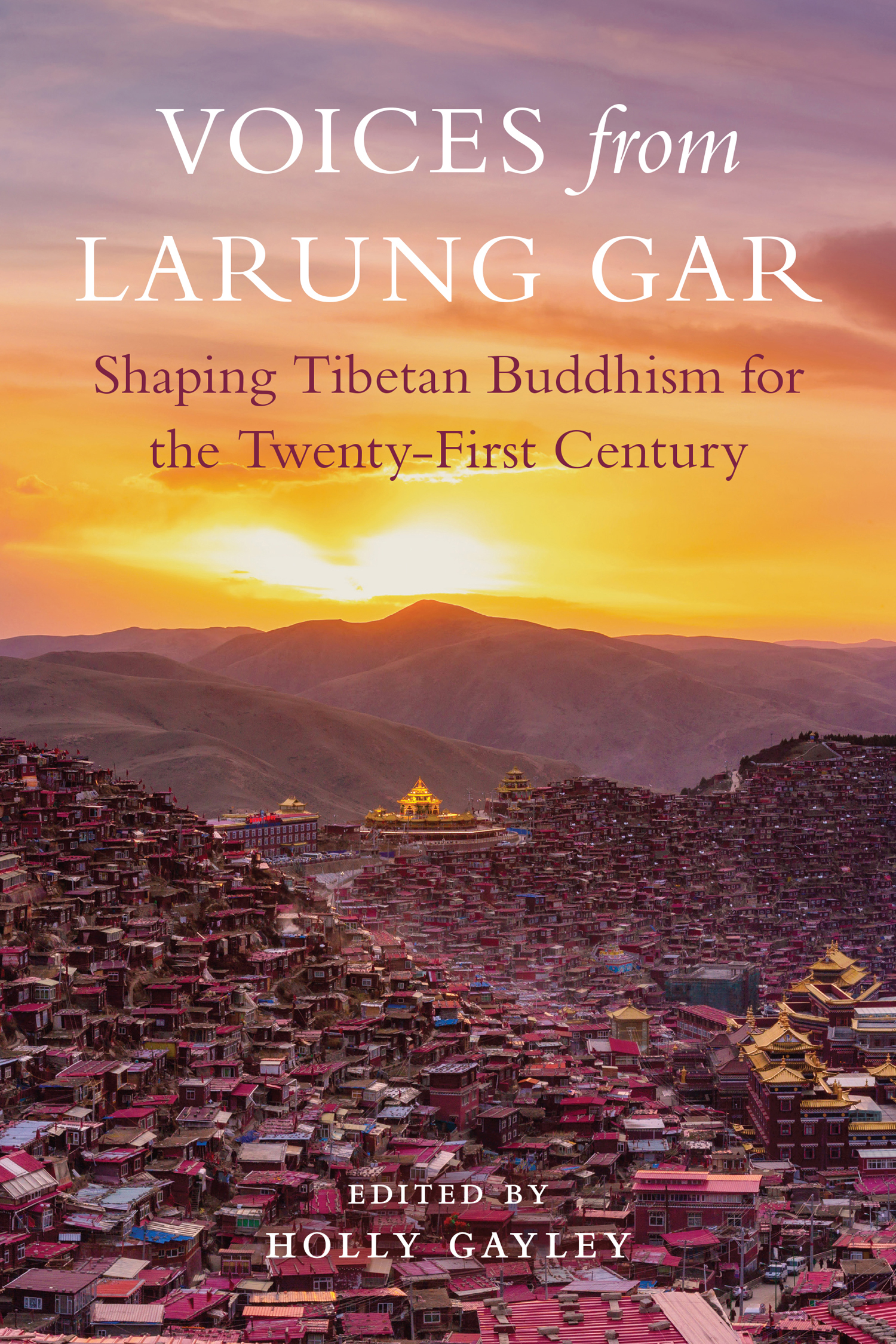
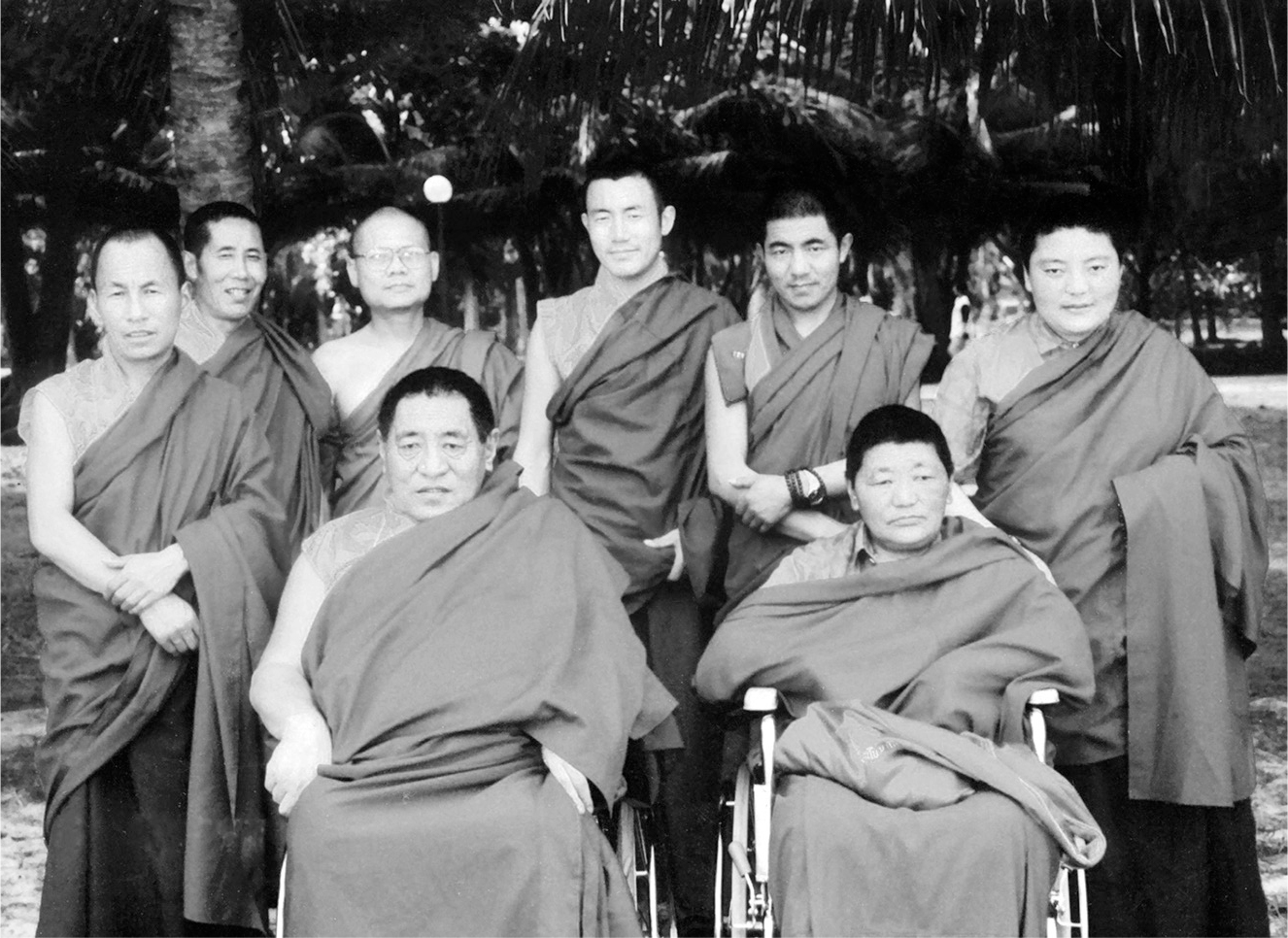
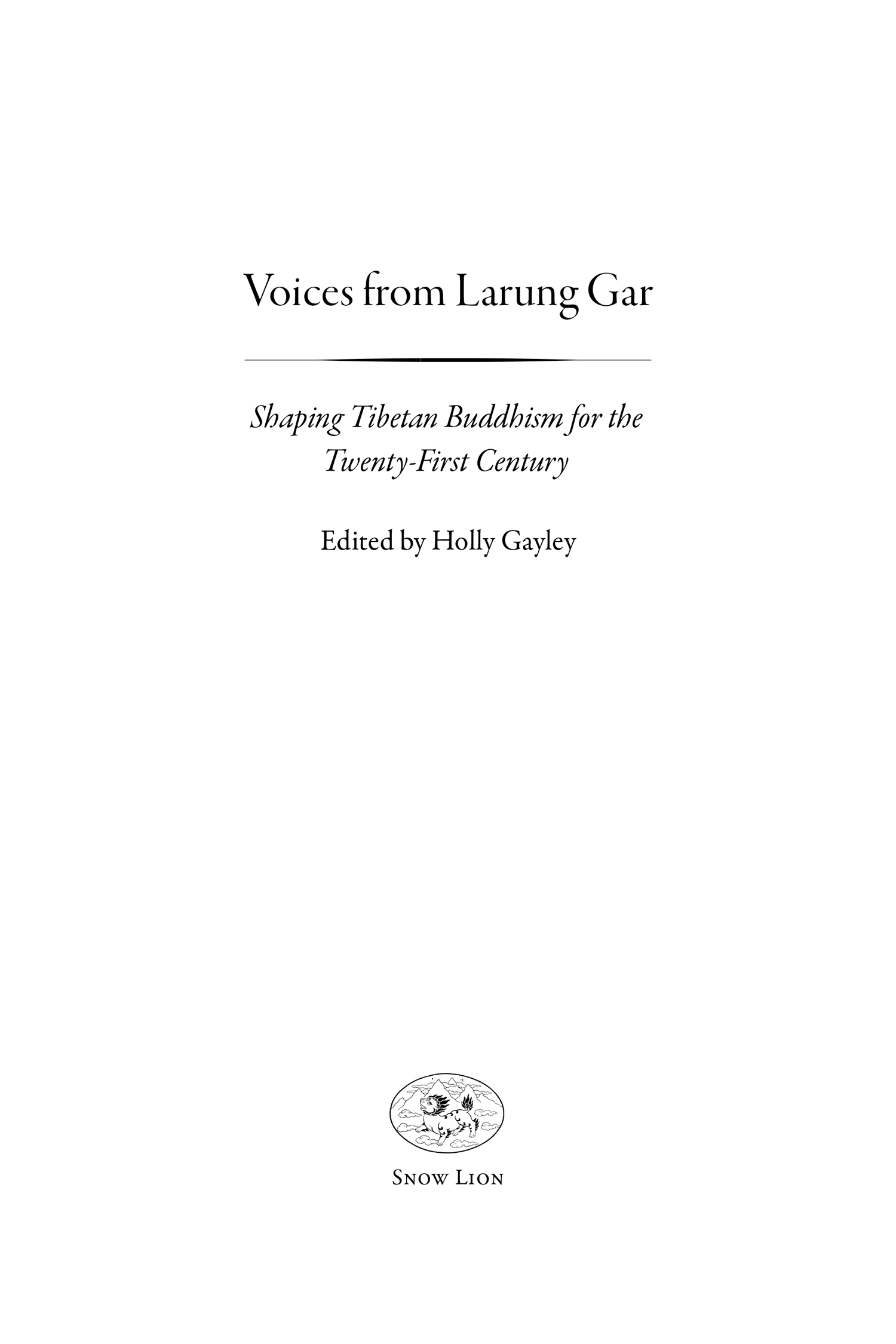
 This edition is printed on acid-free paper that meets the American National Standards Institute Z 39.48 Standard.
This edition is printed on acid-free paper that meets the American National Standards Institute Z 39.48 Standard. This book is printed on 30% postconsumer recycled paper. For more information please visit www.shambhala.com. Snow Lion is distributed worldwide by Penguin Random House, Inc., and its subsidiaries.
This book is printed on 30% postconsumer recycled paper. For more information please visit www.shambhala.com. Snow Lion is distributed worldwide by Penguin Random House, Inc., and its subsidiaries.